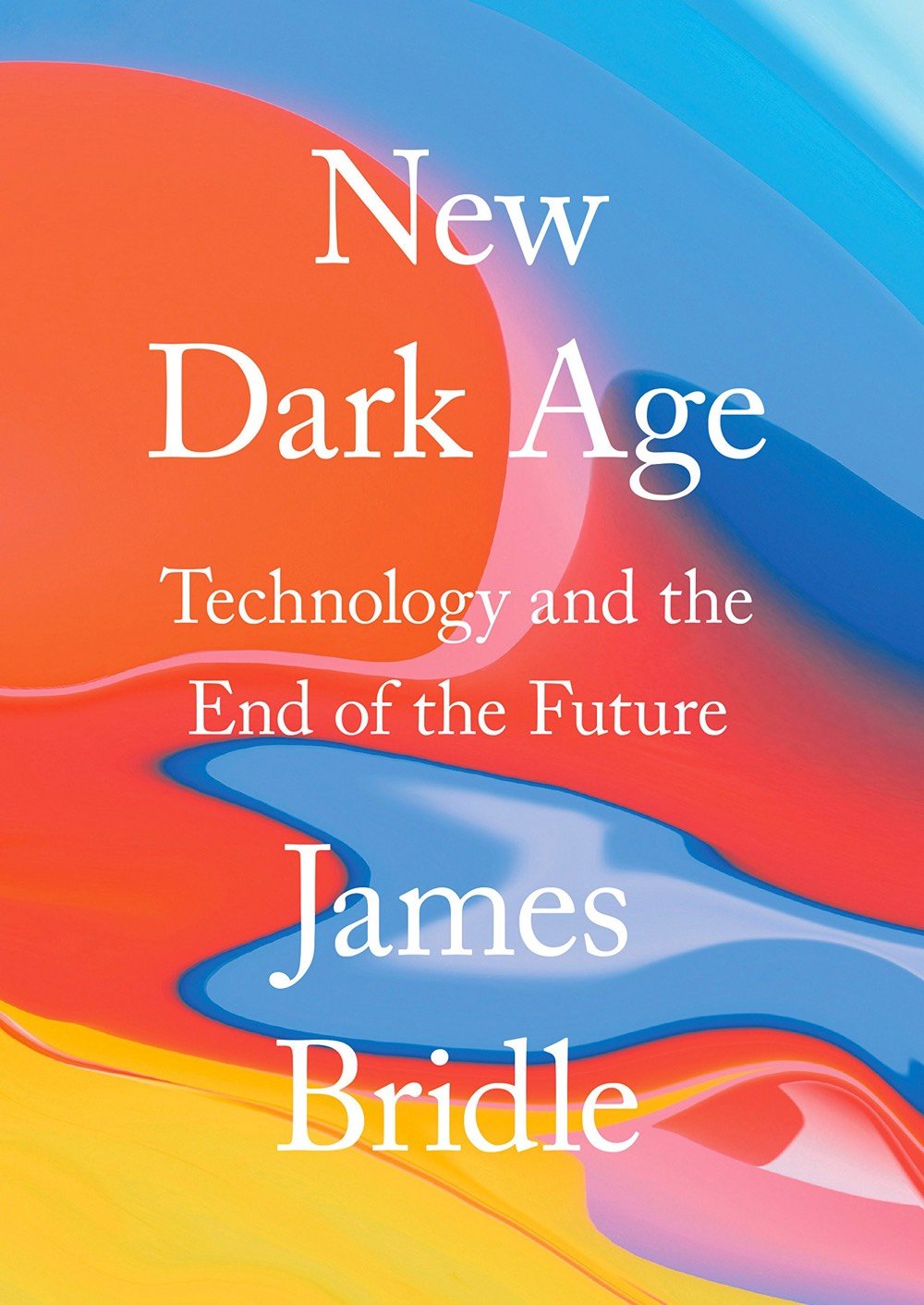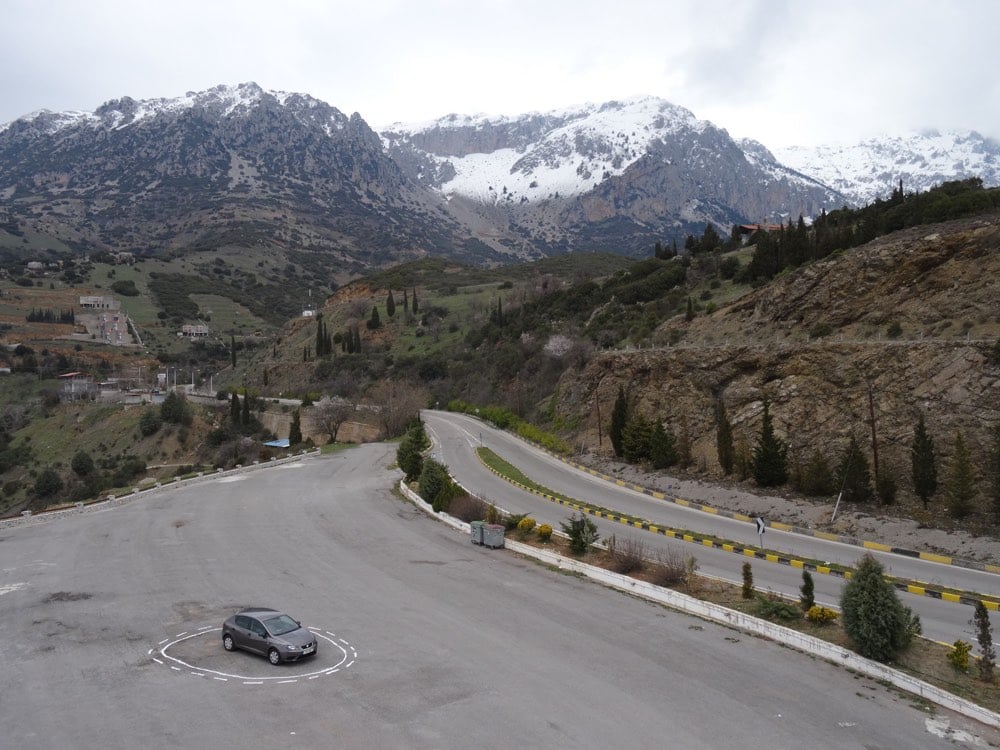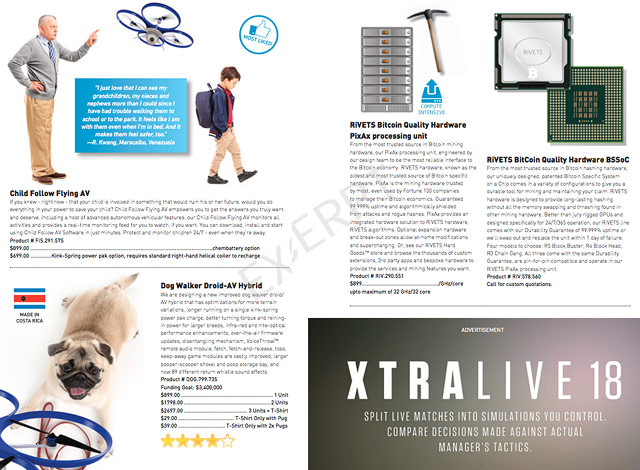Artist, writer, and thinker James Bridle is an interesting fellow. He coined the term New Aesthetic in 2011. Dronestagram was a three-year project where he posted satellite photos of drone strike locations to social media. He built a trap for self-driving cars. Last year, he wrote a widely read essay on how YouTube’s recommendation algorithms are being used “systematically frighten, traumatise, and abuse children, automatically and at scale”.

In his forthcoming book, Bridle argues that we’re living in a New Dark Age, where it’s not so much the lack of information as too much information that’s the issue.
In actual fact, we are lost in a sea of information, increasingly divided by fundamentalism, simplistic narratives, conspiracy theories, and post-factual politics. Meanwhile, those in power use our lack of understanding to further their own interests. Despite the accessibility of information, we’re living in a new Dark Age.
From rogue financial systems to shopping algorithms, from artificial intelligence to state secrecy, we no longer understand how our world is governed or presented to us. The media is filled with unverifiable speculation, much of it generated by anonymous software, while companies dominate their employees through surveillance and the threat of automation.
As I wrote recently, “we’re under a constant denial-of-service attack on our ability to think and reason”.
Update: The Guardian has an extended excerpt of Bridle’s book.
Today the cloud is the central metaphor of the internet: a global system of great power and energy that nevertheless retains the aura of something numinous, almost impossible to grasp. We work in it; we store and retrieve stuff from it; it is something we experience all the time without really understanding what it is. But there’s a problem with this metaphor: the cloud is not some magical faraway place, made of water vapour and radio waves, where everything just works. It is a physical infrastructure consisting of phone lines, fibre optics, satellites, cables on the ocean floor, and vast warehouses filled with computers, which consume huge amounts of water and energy. Absorbed into the cloud are many of the previously weighty edifices of the civic sphere: the places where we shop, bank, socialise, borrow books and vote. Thus obscured, they are rendered less visible and less amenable to critique, investigation, preservation and regulation.
Writer and artist James Bridle has noticed that something is wrong on the internet. Specifically, algorithmically chosen and produced content is taking over more and more of the internet, including what your young children are watching on YouTube.
Someone or something or some combination of people and things is using YouTube to systematically frighten, traumatise, and abuse children, automatically and at scale, and it forces me to question my own beliefs about the internet, at every level.
By his own admission, there doesn’t seem to be anything egregiously wrong or upsetting about many of the examples Bridle uses. I mean, have you read Grimm’s fairy tales? Some of them are really dark and/or weird, like Black Mirror for children. But the effect in the aggregate is huge, resulting in what he asserts is a system of abuse in which Google is complicit, a technology fueled by advertising and weaponized against its users:
The architecture they have built to extract the maximum revenue from online video is being hacked by persons unknown to abuse children, perhaps not even deliberately, but at a massive scale. I believe they have an absolute responsibility to deal with this, just as they have a responsibility to deal with the radicalisation of (mostly) young (mostly) men via extremist videos — of any political persuasion. They have so far showed absolutely no inclination to do this, which is in itself despicable. However, a huge part of my troubled response to this issue is that I have no idea how they can respond without shutting down the service itself, and most systems which resemble it. We have built a world which operates at scale, where human oversight is simply impossible, and no manner of inhuman oversight will counter most of the examples I’ve used in this essay. The asides I’ve kept in parentheses throughout, if expanded upon, would allow one with minimal effort to rewrite everything I’ve said, with very little effort, to be not about child abuse, but about white nationalism, about violent religious ideologies, about fake news, about climate denialism, about 9/11 conspiracies.
Artist & writer James Bridle has shared a video and photos of his new work-in-progress, Autonomous Trap 001. It’s a trap for self-driving cars.

Looooooovvve this. (via @robinsloan)

TBD Catalog is a catalog from the near future, filled with imagined goods you might see in a SkyMall or IKEA catalog in 2024. Or as they put it, “the catalog of the near future’s normal ordinary everyday”.
This is not your near future of superlative Silicon Valley exuberance where you happily 3D-print a perfect set of lease-licensed Opinel steak knives or blissfully commute to work in your fascistically sleek Google-powered, chem-battery fueled autonomous vehicles. Nor is this the abysmal near future where you huddle in the smoldering foxholes of apocalyptic ruin. TBD Catalog runs through the middle. It is neither extreme. It is a design fiction about a normal, ordinary everyday near future. TBD Catalog is a design fiction because it makes implications without making predictions. TBD Catalog is a design fiction because it sparks conversations about the near future. It serves to design-develop prototypes and shape embryonic concepts in order to discard them, make them better, reconsider what we may take for granted.
From the brains of Bruce Sterling, James Bridle, Aaron Straup Cope, and a dozen others, you can order yours here. And holy cow, I’m getting one of these Bounty Hunter Coaches Jackets too. (Looking good, @darthjulian)
Andrew Blum writes about James Bridle and the New Aesthetic movement for Vanity Fair.
Suddenly everyone who thinks it’s a movement either wants to be part of it or wants to destroy it,” Bridle reflected one recent afternoon, sitting behind a makeshift desk in his new, windowless studio in a converted factory in the Cambridge Heath neighborhood of London. “Bruce describing it as a movement locks it into an existing idea of historical processes, but there’s no such thing as avant-gardes anymore. That’s such a ridiculous idea. That’s an art-historical construct that just doesn’t apply anymore. But it leads to that idea of there being avant-garde figures that are ahead of everything else. But there’s not. It’s just me, looking at this stuff, and going, ‘Have you seen this? Have you actually seen it? Have you really paid attention and thought this stuff through? Because I’m trying to, and it’s amazing!’”
More on the New Aesthetic here.
Rorschmap is a trippy Google Maps mashup by James Bridle that provides kaleidoscopic views of locations from around the world. Here’s Paris, complete with MegaSeine.








Stay Connected